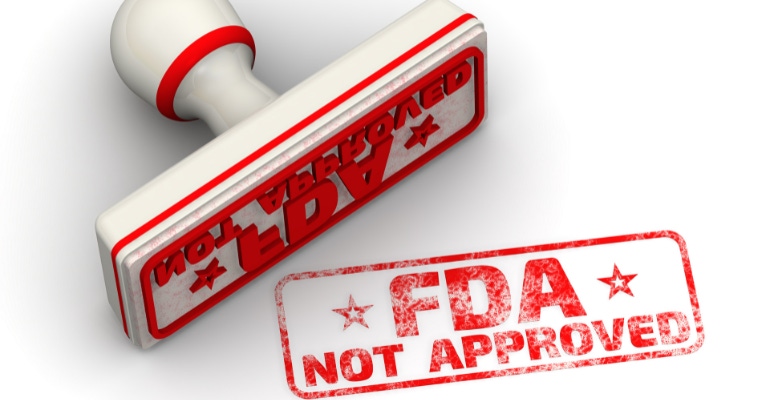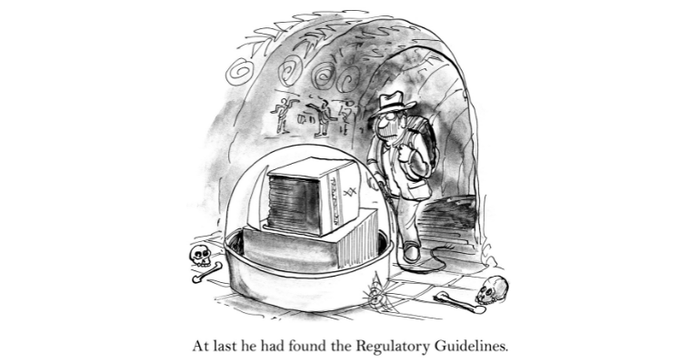Warning Letter Serves as Reminder to Device Industry
A London, England-based company received an FDA warning letter that should serve as an important reminder for all medical device manufacturers.
April 26, 2023

Medical device manufacturers with products on the U.S. market need to remember to seek FDA's blessing when a previously cleared device is significantly modified.
It's a lesson that London, England-based Medivance Instruments is learning the hard way. The company holds a 510(k) clearance for its Velopex Aquacut Fluid Abrasion Unit, a device intended for use in a range of dental procedures. However, according to a recent FDA warning letter to Medivance Instruments, the Velopex device has been significantly modified in multiple ways since it was cleared in 2003.
Specifically, the firm has made significant changes that include, among other things, the incorporation of a new air regulator and changes to the materials used in the powder tubing/valves. Firm documents inspected by FDA noted that the incorporation of a new air regulator is intended to address the risk or reliability and pipe stress failure of the device by changing the parameters of the air flow and operating pressure range that are factory set, according to the warning letter.
The letter says these changes to the air regulator may impact the ratio of the air/water/powder mixture that contacts the surface of the dentition and the efficiency of how that mixture moves through the system. Further, the changed powder tubing/valve materials included a container molded insert and slide insider, which may impact the performance of the drip of the powder.
According to the warning letter, Medivance was required to submit a new premarket notification submission to FDA at least 90 days before the company proposed to begin marketing the modified Valopex devices. The letter also suggests that the device is not legally marketed because it requires a premarket approval (PMA). FDA directs the medical device manufacturer to review information online that explains what needs to be submitted in order to obtain FDA approval or clearance for the device. The letter also notes other regulatory and quality-related problems discovered during inspection.
When to tell FDA about a medical device modification

After much deliberation and years of waiting, FDA released two draft gudiance documents in August 2016 on when a medical device modification warrants a new 510(k) submission. The first FDA guidance deals with changes to existing medical devices. A separate FDA guidance document addresses software changes to existing medical devices. Both guidance documents were finalized in October 2017.
Jeffrey Shuren, MD, director of FDA's Center for Devices and Radiological Health, said the recommendations are intended to help manufacturers determine when a change is significant enough to warrant FDA review, including major changes or modifications to the intended use that could significantly impact safety and effectiveness.
"Medical device technology evolves quickly, and not all changes made to marketed devices alter their safety profile or require our review," Shuren said.
The process of updating its 510(k) modification took the agency almost two decades. Back in 2011, FDA put out draft guidance to update its 1997 guidance document, but that version was eventually withdrawn after industry expressed concern that the proposal would lead to a large increase in the number of 510(k) submissions required. FDA held a public meeting on the modification policy in 2013 and then set out its thoughts in a report to Congress in 2014.
MD+DI reported in October 2015 that FDA was looking specifically at key terms such as "could significantly affect." As expected, FDA does address this in the medical device guidance by urging manufacturers who are trying to decide whether a modification "could significantly affect the safety or effectiveness of a device" to undertake a risk-based assessment to find and consider all new and updated risks.
About the Author(s)
You May Also Like



.png?width=300&auto=webp&quality=80&disable=upscale)
